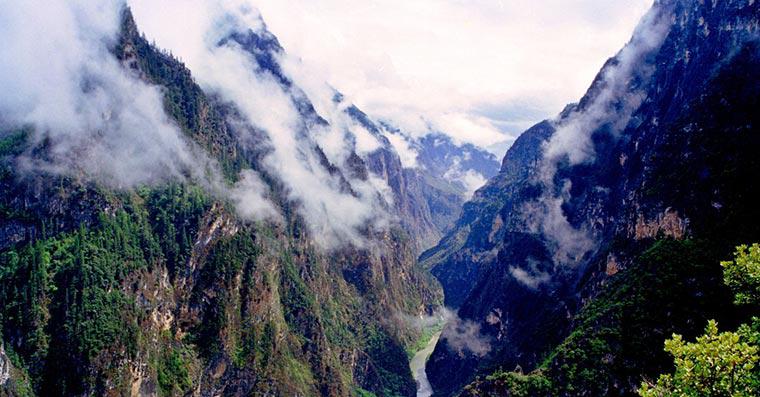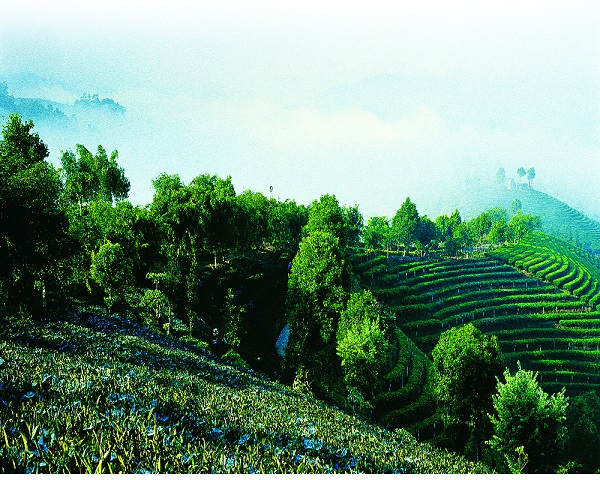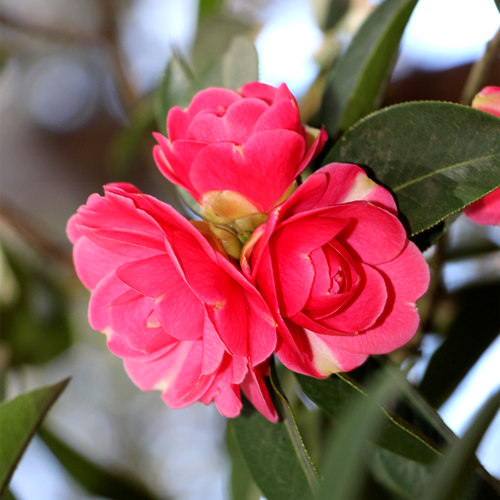
Detailed Introduction to Jianchuan County of Dali Prefecture
Overview
Jianchuan County, located in the northwestern part of Dali Prefecture, Yunnan Province, is renowned for its ancient towns, temples, woodcarving art, and rich Bai culture. It serves as a cultural hub on the historic Tea Horse Road, preserving traditional architecture and customs that date back centuries. The county is often described as a living museum of Bai culture and an important stop for travelers exploring northwest Yunnan.
Geography and Climate
Location: Borders Heqing County to the east, Lijiang to the north, Lanping and Yunlong to the west, and Eryuan to the south.
Terrain: Mountainous landscapes dominate, with valleys, rivers, and fertile basins in between.
Climate: Subtropical plateau monsoon climate. Winters are mild and dry, summers are warm and rainy. Average annual temperature: around 13–14°C, making it pleasant year-round.
History and Culture
Historical Role: Jianchuan was once a critical node on the Southern Silk Road and the Ancient Tea Horse Road, linking Dali, Lijiang, and Tibet.
Ethnic Culture: The Bai people form the majority, known for their unique religious traditions, folk music, architecture, and cuisine.
Craftsmanship: Jianchuan has been famous for its woodcarving since the Tang and Song dynasties, with exquisite temple carvings, furniture, and decorative works still preserved.
Administrative Divisions
Jianchuan administers several towns and townships, including:
Shaxi (沙溪镇): The most famous town, an ancient market on the Tea Horse Road.
Jinhua (金华镇), Diannan (甸南镇), Ma’anshan (马登镇) and others.
Economy
Agriculture: Tobacco, corn, rice, walnuts, and medicinal herbs are main products.
Handicrafts: Woodcarving remains a vital industry, with furniture and decorative carvings sought after across China.
Tourism: A growing sector, leveraging the county’s historical, cultural, and ecological resources.
Key Attractions
Shaxi Ancient Town (沙溪古镇):
Once the only surviving market town on the Tea Horse Road.
Features the Sideng Square, ancient stage, temples, bridges, and traditional Bai courtyard houses.
UNESCO has recognized Shaxi’s preservation efforts as a model for sustainable cultural heritage protection.
Shibaoshan Grottoes (石宝山石窟):
Buddhist grottoes carved between the 9th and 13th centuries.
Famous for vivid sculptures and murals reflecting both Han and Bai artistic styles.
Annual Shibaoshan Song Festival (September), a major Bai ethnic celebration with singing, dancing, and social gatherings.
Jianchuan Woodcarving:
Visible in temples, pagodas, and local residences.
Known for intricate detail, spiritual motifs, and long-lasting artistry.
Mountains and Natural Scenery:
The county is surrounded by lush mountains, making it attractive for eco-tourism and hiking.
Festivals and Customs
Shibaoshan Song Festival (石宝山歌会): Held in autumn, attracting Bai youth to sing antiphonal songs, celebrate harvests, and seek courtship opportunities.
Bai Folk Traditions: In daily life, the Bai people of Jianchuan preserve their distinct clothing styles, cuisine (notably Rushan cheese), and rituals blending Buddhism and local beliefs.
Transportation
Road: Jianchuan is connected via highways to Dali (160 km), Lijiang (120 km), and Shangri-La.
Public Transport: Buses run between Jianchuan, Dali, and Lijiang. Shaxi is accessible by shuttle from Jianchuan town.
Significance
Jianchuan County is both a cultural treasure house and a gateway to northwest Yunnan. It preserves the living heritage of the Bai people, the artistry of woodcarving, and the vibrant legacy of the Tea Horse Road. Its combination of ancient architecture, sacred grottoes, traditional festivals, and stunning landscapes makes it a must-visit destination for travelers seeking the soul of Yunnan.



